Home>Gardening & Outdoor>Landscaping Ideas>How Often To Water Centipede Grass
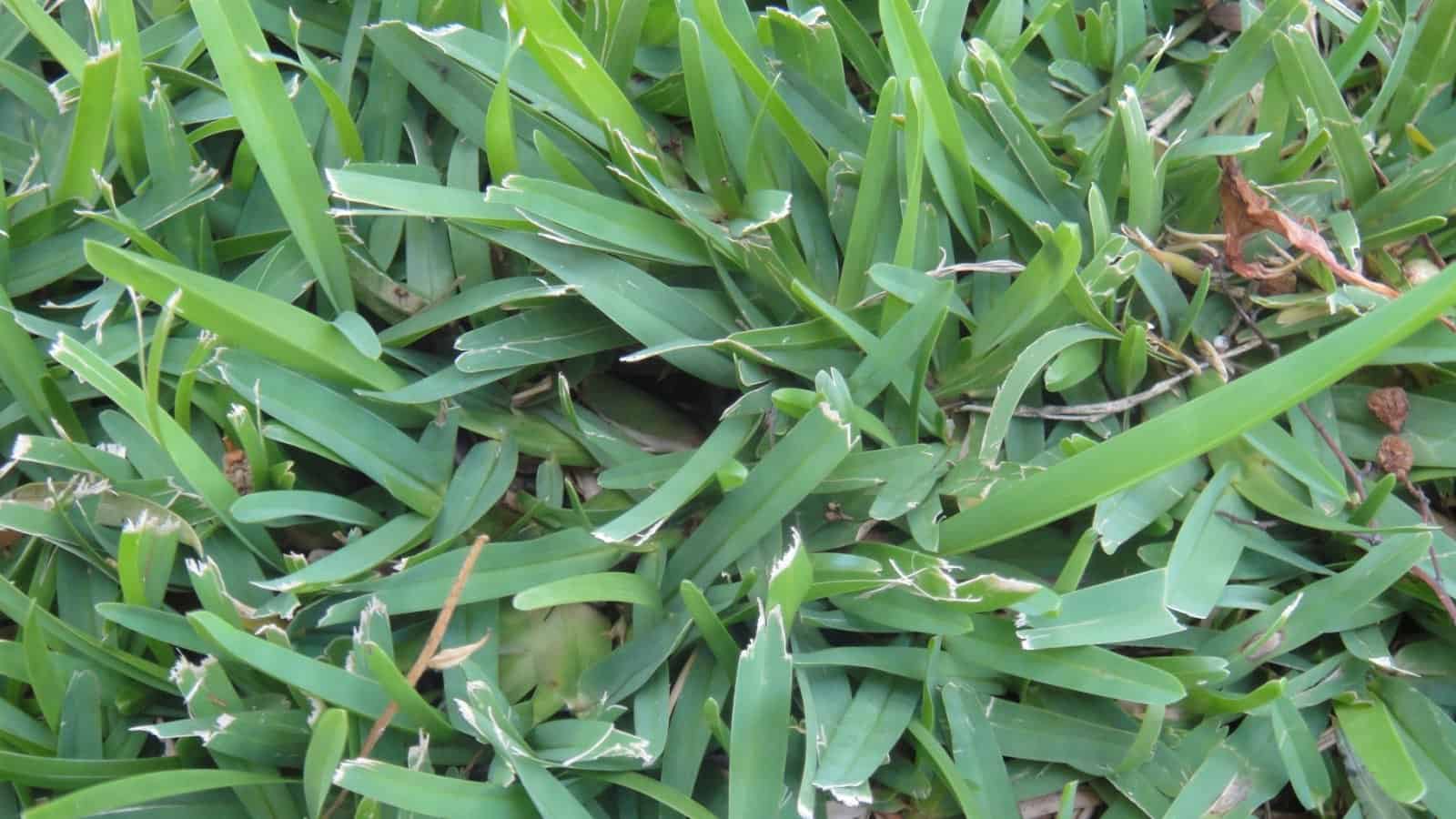

Landscaping Ideas
How Often To Water Centipede Grass
Modified: August 27, 2024
Learn the best landscaping ideas for watering centipede grass. Discover how often to water centipede grass and keep your lawn healthy and lush.
(Many of the links in this article redirect to a specific reviewed product. Your purchase of these products through affiliate links helps to generate commission for Storables.com, at no extra cost. Learn more)
Introduction
Centipede grass is a popular choice for lawns in the southern United States due to its low maintenance requirements and ability to thrive in acidic soils. Proper watering is essential for maintaining the health and vibrancy of centipede grass, as it directly impacts its growth and overall appearance. In this comprehensive guide, we will delve into the intricacies of watering centipede grass, exploring the factors that influence watering frequency, signs of overwatering and underwatering, and how to adjust your watering schedule to ensure the optimal health of your centipede grass lawn.
Understanding the unique watering needs of centipede grass is crucial for homeowners and landscapers alike. By gaining insight into the specific requirements of this grass variety, you can establish a tailored watering regimen that promotes lush, resilient turf while conserving water and minimizing the risk of issues such as overwatering or drought stress.
Join us as we embark on a journey to demystify the art of watering centipede grass, empowering you with the knowledge and confidence to nurture a thriving lawn that serves as a testament to your landscaping prowess. Let's explore the ins and outs of watering centipede grass to unlock the secrets of a verdant, resilient, and visually captivating lawn.
Key Takeaways:
- Centipede grass needs deep, infrequent watering to develop strong roots and thrive. Adjust watering based on weather and grass response to maintain its lush appearance and resilience.
- Watch for signs of overwatering and underwatering, like wilting or yellowing grass. Adjust watering frequency to keep centipede grass healthy and vibrant, conserving water and minimizing issues.
Read more: How Often To Water The Grass
Understanding Centipede Grass
Centipede grass (Eremochloa ophiuroides) is a warm-season turfgrass renowned for its low maintenance requirements and tolerance to a variety of soil types. Its distinctive light green color and coarse texture make it a popular choice for lawns in the southeastern United States, where it thrives in the hot and humid climate. This grass variety is known for its slow growth rate and relatively shallow root system, which influences its watering needs.
Centipede grass exhibits a remarkable ability to withstand drought conditions, making it an excellent option for homeowners seeking a resilient turfgrass that can endure periods of limited rainfall. Its adaptability to acidic soils, with a preference for a pH range of 5.0 to 6.0, further contributes to its allure in regions where other grass species may struggle to thrive.
One of the key characteristics of centipede grass is its sensitivity to overwatering, which can lead to issues such as root rot and susceptibility to pests and diseases. Understanding the unique traits of centipede grass is pivotal in devising an effective watering strategy that promotes healthy growth while mitigating the risk of water-related problems.
By comprehending the specific attributes of centipede grass, including its growth habits, root structure, and environmental preferences, you can tailor your approach to watering this grass variety to align with its natural tendencies. This understanding serves as the foundation for establishing a watering regimen that fosters the optimal health and vitality of your centipede grass lawn, ensuring that it remains a source of pride and beauty throughout the growing season.
Factors Affecting Watering Frequency
Several factors influence the watering frequency required to maintain the health and vigor of centipede grass. Understanding these variables is essential for establishing a watering schedule that aligns with the specific needs of this grass variety, promoting optimal growth and resilience. Let’s explore the key factors that impact the watering frequency for centipede grass:
- Soil Type: The soil in which centipede grass is planted plays a pivotal role in determining its watering needs. Well-draining soil allows water to penetrate effectively, reducing the risk of waterlogged conditions that can harm the grass. Conversely, compacted or clay soils may necessitate less frequent watering to prevent excess moisture retention.
- Temperature and Climate: The prevailing climate and temperature fluctuations in your region significantly influence the watering requirements of centipede grass. Hot, dry conditions may necessitate more frequent watering to prevent drought stress, while cooler temperatures reduce the grass’s water needs.
- Establishment Phase: Newly planted centipede grass requires more frequent watering to support root development and establishment. During this phase, consistent moisture is crucial to facilitate the growth of a robust root system that enhances the grass’s resilience to environmental stressors.
- Rainfall: The amount of natural rainfall your lawn receives directly impacts the frequency of supplemental watering required. Periods of prolonged drought may necessitate more frequent irrigation to compensate for insufficient rainfall and prevent the grass from entering a state of dormancy or experiencing moisture-related stress.
- Grass Health: The overall health and vigor of the centipede grass lawn influence its water requirements. Healthy, actively growing grass may require more frequent watering to sustain its lush appearance, while dormant or stressed grass may need less moisture to survive.
By considering these factors in conjunction with the specific characteristics of centipede grass, you can develop a customized watering schedule that caters to the grass’s unique needs while promoting water conservation and environmental sustainability. This tailored approach optimizes the health and vibrancy of your centipede grass lawn, ensuring that it remains a verdant oasis that enhances the beauty of your outdoor space.
Determining Watering Schedule
Establishing a well-defined watering schedule is essential for nurturing healthy centipede grass and promoting its lush, vibrant appearance. By considering various factors and adhering to best practices, you can devise a tailored watering regimen that supports the optimal growth and resilience of your centipede grass lawn. Here’s a comprehensive guide to determining an effective watering schedule for centipede grass:
- Assess Soil Moisture: Before initiating a watering schedule, assess the moisture levels in the soil to gauge the grass’s current hydration status. This can be achieved by inserting a soil probe or a screwdriver into the ground to determine the depth of moisture penetration. Ideally, the soil should be moist but not waterlogged to support healthy root development.
- Observe Grass Response: Monitor the centipede grass for visual cues indicating moisture stress, such as wilting or a bluish-gray hue. These signs suggest that the grass requires watering to alleviate stress and maintain its vigor.
- Consider Environmental Factors: Account for temperature, humidity, and rainfall patterns in your region when devising a watering schedule. Hot, dry conditions may necessitate more frequent watering, while cooler temperatures and increased humidity reduce the grass’s water requirements.
- Implement Deep Watering: Encourage deep root growth and resilience by practicing deep, infrequent watering sessions. This promotes the development of a robust root system that enhances the grass’s ability to withstand drought and environmental stressors.
- Early Morning Watering: Schedule watering sessions for the early morning to maximize water absorption and minimize evaporation. This timing allows the grass to utilize the moisture effectively throughout the day, reducing the risk of fungal diseases associated with prolonged moisture on the foliage.
- Adjust Based on Seasonal Variations: Modify your watering schedule in response to seasonal changes, such as increased water needs during periods of intense heat or reduced requirements during cooler months. Adapting your watering regimen to align with seasonal variations optimizes the grass’s health and conserves water.
By integrating these considerations into your approach to determining a watering schedule, you can cultivate a thriving centipede grass lawn that exudes vitality and resilience. This tailored regimen ensures that your lawn remains a lush, verdant expanse that enhances the aesthetic appeal of your outdoor environment, serving as a testament to your dedication to nurturing a vibrant and healthy landscape.
Water centipede grass deeply and infrequently, about 1 inch of water per week, including rainfall. Water in the morning to reduce disease risk. Adjust based on weather and soil conditions.
Signs of Overwatering and Underwatering
Recognizing the signs of overwatering and underwatering is crucial for maintaining the health and vitality of centipede grass. By identifying these indicators early on, you can adjust your watering practices to mitigate potential issues and ensure the optimal growth and resilience of your lawn. Let’s explore the distinct signs of overwatering and underwatering in centipede grass:
- Overwatering: Excessive moisture can have detrimental effects on centipede grass, leading to a range of observable symptoms that signal overwatering. These signs may include:
- Yellowing or browning of grass blades, particularly in low-lying or poorly draining areas of the lawn.
- Formation of fungal diseases such as dollar spot or brown patch due to prolonged moisture on the grass blades and soil surface.
- Development of a spongy or waterlogged feel to the soil, indicating excessive moisture retention.
- Increased pest activity, as overwatered grass becomes more susceptible to infestations by insects and other pests.
- Underwatering: Insufficient moisture can also manifest in distinct signs that highlight the grass’s distress and the need for additional watering. These indications may include:
- Wilting or drooping of grass blades, often accompanied by a bluish-gray hue as the grass attempts to conserve moisture.
- Development of dry, brown patches in the lawn, particularly in areas where water penetration is limited or uneven.
- Retarded growth and a lack of vibrancy, as underwatered grass struggles to maintain its lush, healthy appearance.
- Visible footprints or imprints that persist on the grass, indicating a lack of resilience and moisture in the turf.
By remaining vigilant for these telltale signs of overwatering and underwatering, you can promptly adjust your watering practices to restore the grass’s equilibrium and vitality. This proactive approach minimizes the risk of water-related issues while fostering a resilient and visually captivating centipede grass lawn that serves as a testament to your attentive stewardship of your outdoor space.
Read more: How Often To Water Zoysia Grass
Adjusting Watering Frequency
Adapting the watering frequency for centipede grass in response to changing environmental conditions and the grass’s evolving needs is essential for sustaining its health and vibrancy. By fine-tuning your watering regimen based on seasonal variations and the grass’s response to moisture levels, you can optimize its growth and resilience while conserving water and minimizing the risk of water-related issues. Here’s a comprehensive guide to adjusting the watering frequency for centipede grass:
- Monitor Weather Patterns: Stay attuned to weather forecasts and seasonal changes to anticipate fluctuations in temperature, humidity, and rainfall. Adjust your watering schedule accordingly, increasing the frequency during hot, dry spells and reducing it during cooler, wetter periods.
- Implement a Watering Cycle: Embrace a cyclical approach to watering, allowing the grass to experience brief periods of dryness between watering sessions. This promotes the development of a robust root system and reduces the risk of overwatering, fostering the grass’s resilience to environmental stressors.
- Utilize Irrigation Technology: Leverage modern irrigation systems equipped with programmable timers and moisture sensors to automate and optimize the watering process. These technologies enable precise control over watering frequency and duration, ensuring that the grass receives the right amount of moisture at the optimal times.
- Observe Grass Response: Pay close attention to the centipede grass’s reaction to your current watering schedule. Adjust the frequency based on visual cues such as wilting, discoloration, or signs of stress, ensuring that the grass’s moisture needs are met without excessive watering.
- Promote Deep Root Growth: Encourage deep, infrequent watering sessions to foster the development of a resilient root system that enhances the grass’s ability to withstand drought and environmental challenges. This approach minimizes the dependence on frequent watering and promotes the long-term health of the lawn.
By incorporating these strategies into your approach to adjusting the watering frequency for centipede grass, you can cultivate a thriving, visually captivating lawn that thrives in harmony with its natural environment. This tailored approach optimizes the grass’s health and resilience, ensuring that it remains a lush, verdant expanse that enriches the beauty of your outdoor space throughout the seasons.
Conclusion
Watering centipede grass is a delicate art that requires a nuanced understanding of the grass’s unique traits and environmental influences. By delving into the intricacies of centipede grass maintenance, we’ve uncovered the key considerations for nurturing a healthy, resilient lawn that exudes vibrancy and beauty. From understanding the specific attributes of centipede grass to adjusting the watering frequency in response to changing conditions, our exploration has equipped you with the knowledge and insights needed to cultivate a thriving centipede grass lawn.
As you embark on the journey of tending to your centipede grass, remember to consider the soil type, climate, and grass health when determining the watering frequency. By monitoring the grass’s response and observing signs of overwatering and underwatering, you can fine-tune your watering practices to align with the grass’s evolving needs. Embracing deep, infrequent watering sessions and leveraging modern irrigation technology empowers you to optimize the grass’s growth and resilience while conserving water and minimizing the risk of water-related issues.
Ultimately, a well-maintained centipede grass lawn serves as a testament to your dedication to nurturing a vibrant and healthy outdoor environment. By integrating the insights gleaned from this guide into your lawn care routine, you can cultivate a lush, visually captivating expanse of centipede grass that enriches the aesthetic appeal of your surroundings. Let your centipede grass lawn stand as a living testament to your attentive stewardship and landscaping prowess, captivating onlookers with its resplendent beauty and vitality throughout the seasons.
Armed with this knowledge, you are poised to embark on a journey of centipede grass care that harmonizes with the grass’s natural tendencies, fostering a resilient, visually captivating lawn that remains a source of pride and beauty for years to come.
Frequently Asked Questions about How Often To Water Centipede Grass
Was this page helpful?
At Storables.com, we guarantee accurate and reliable information. Our content, validated by Expert Board Contributors, is crafted following stringent Editorial Policies. We're committed to providing you with well-researched, expert-backed insights for all your informational needs.
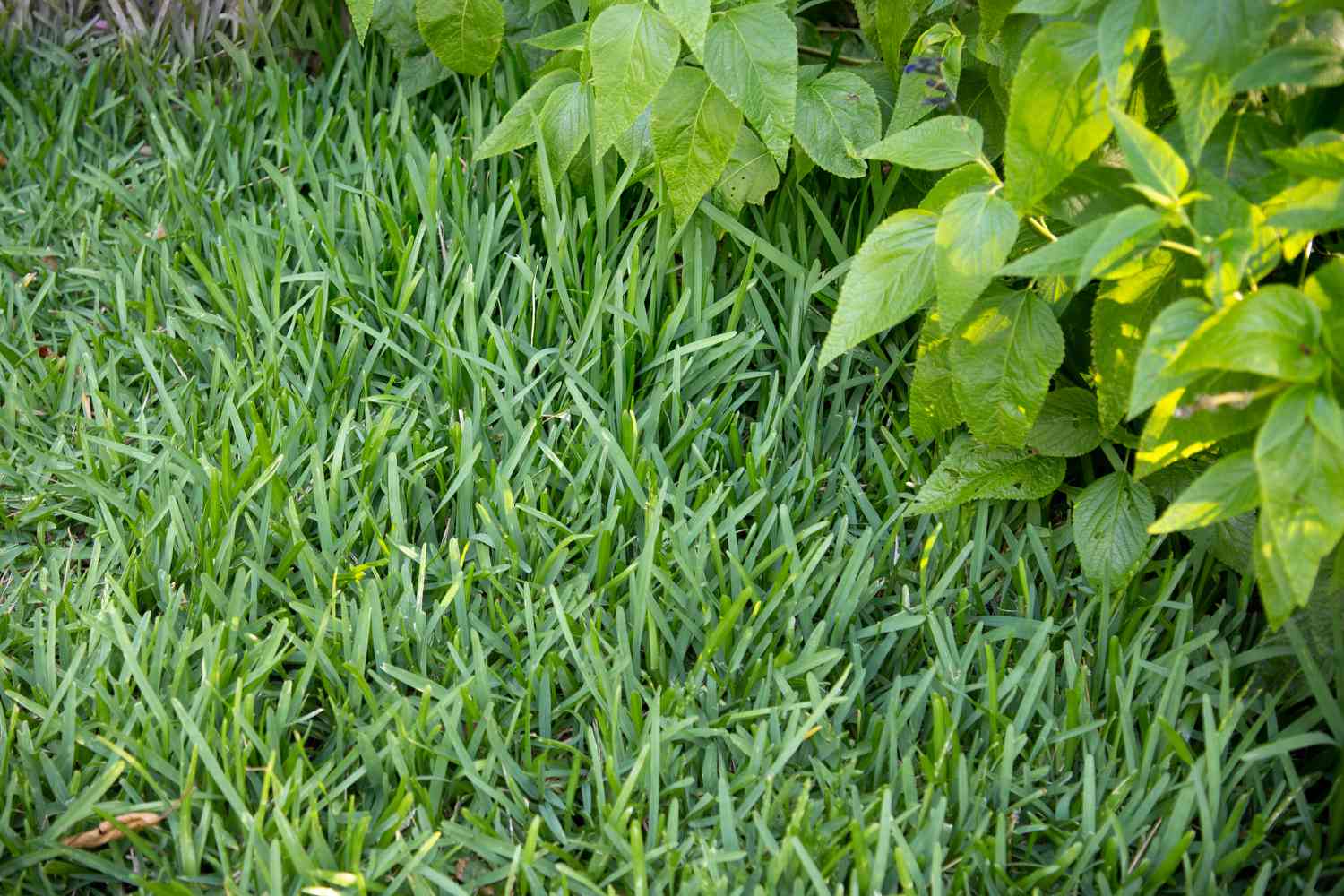
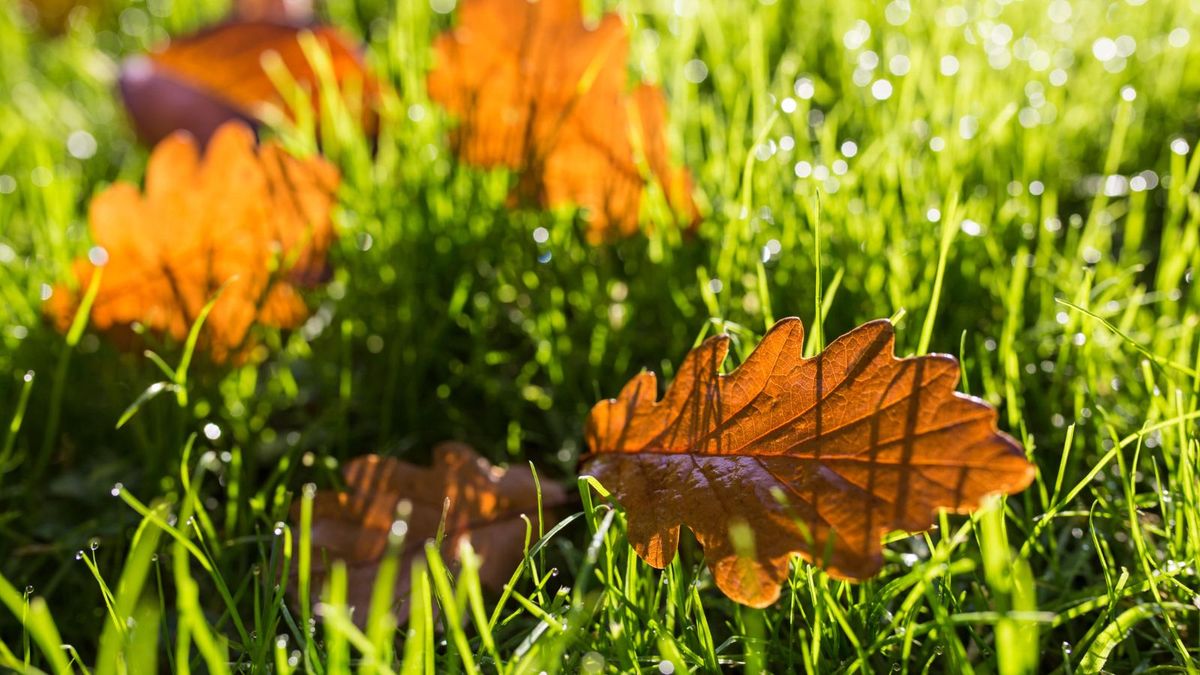
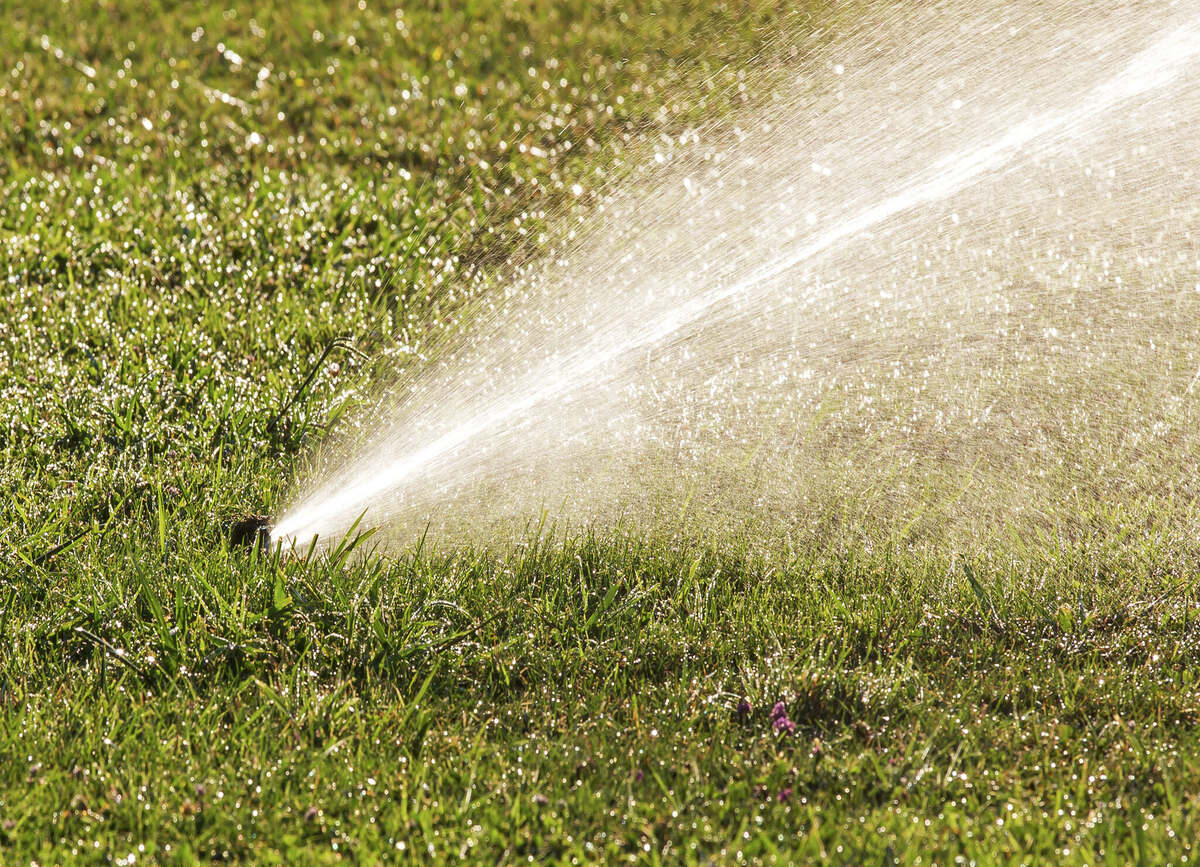
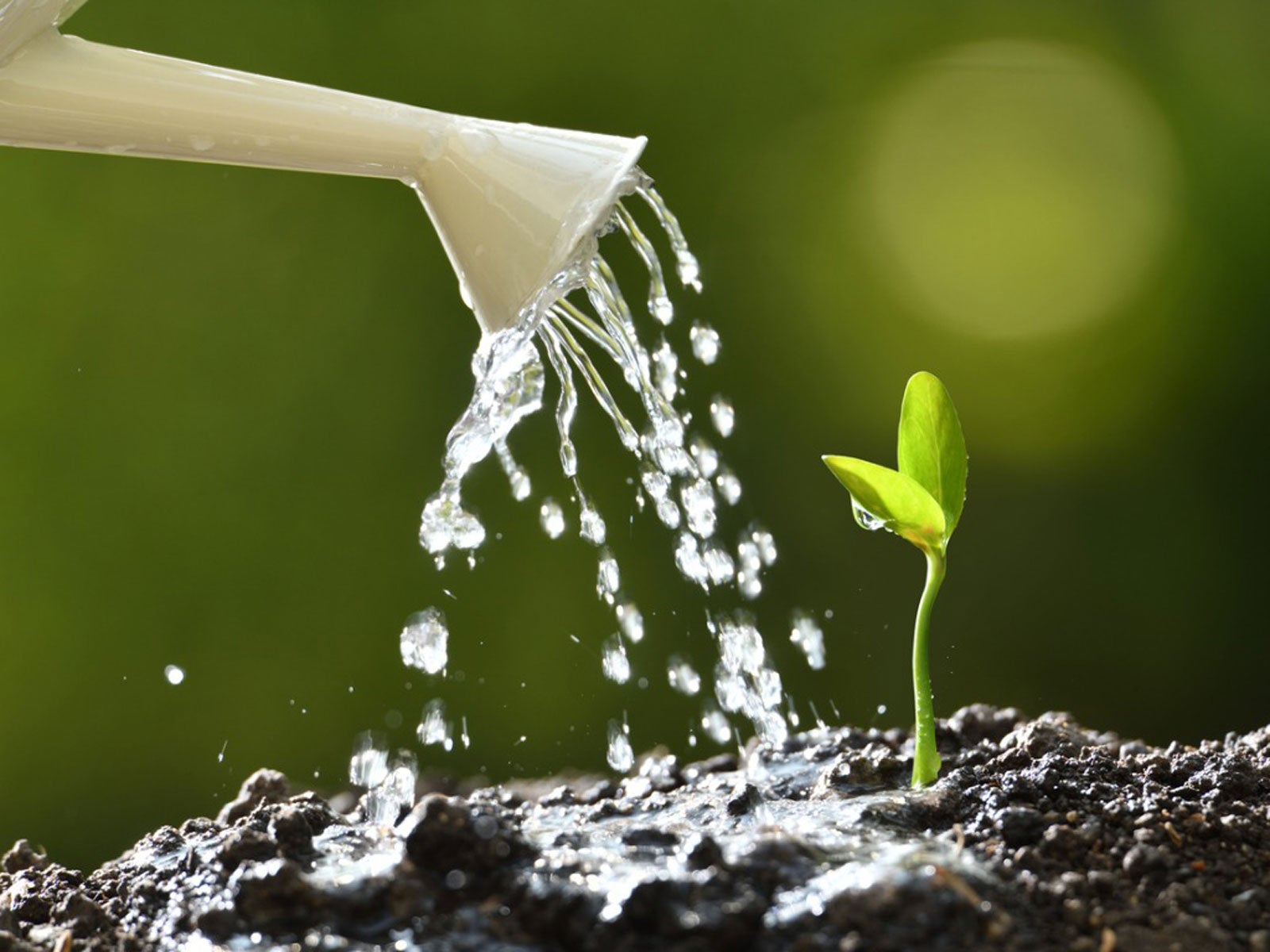
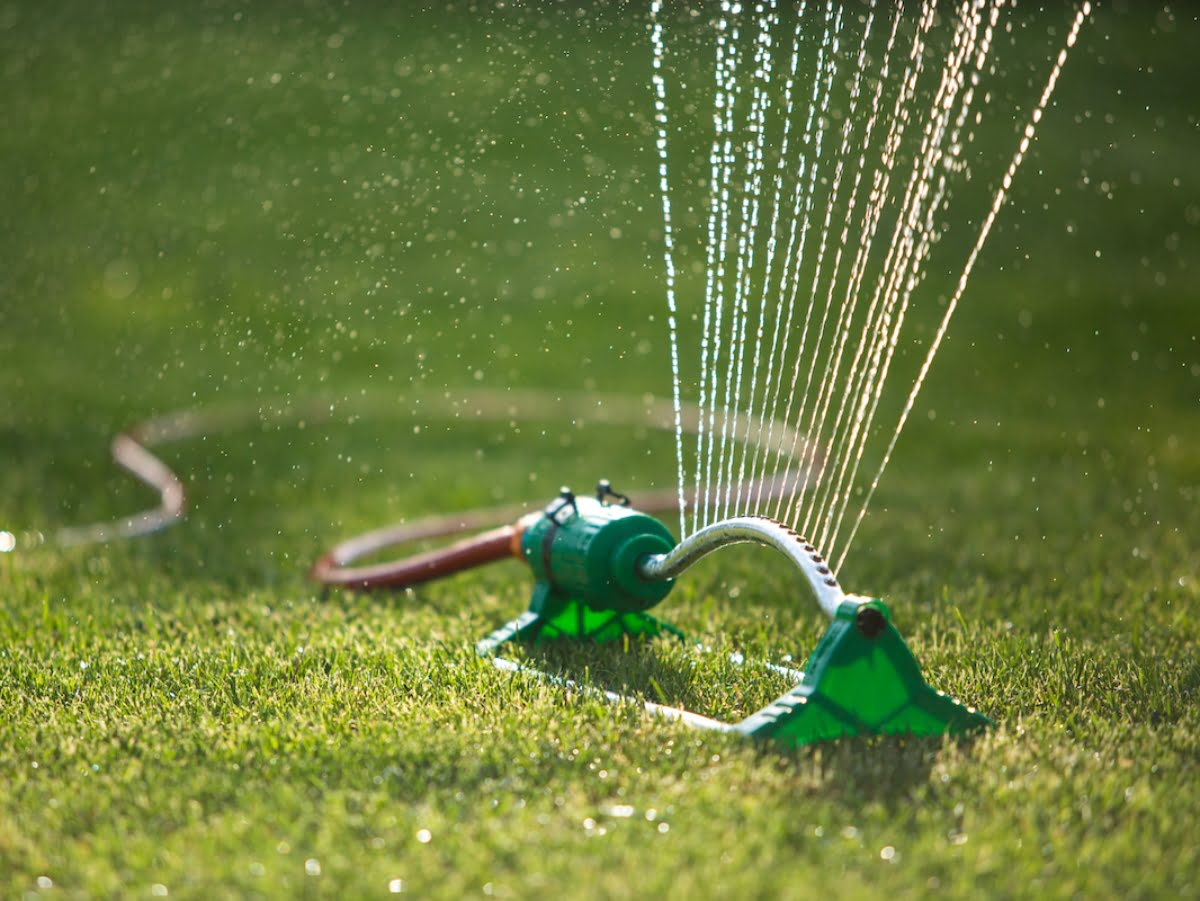
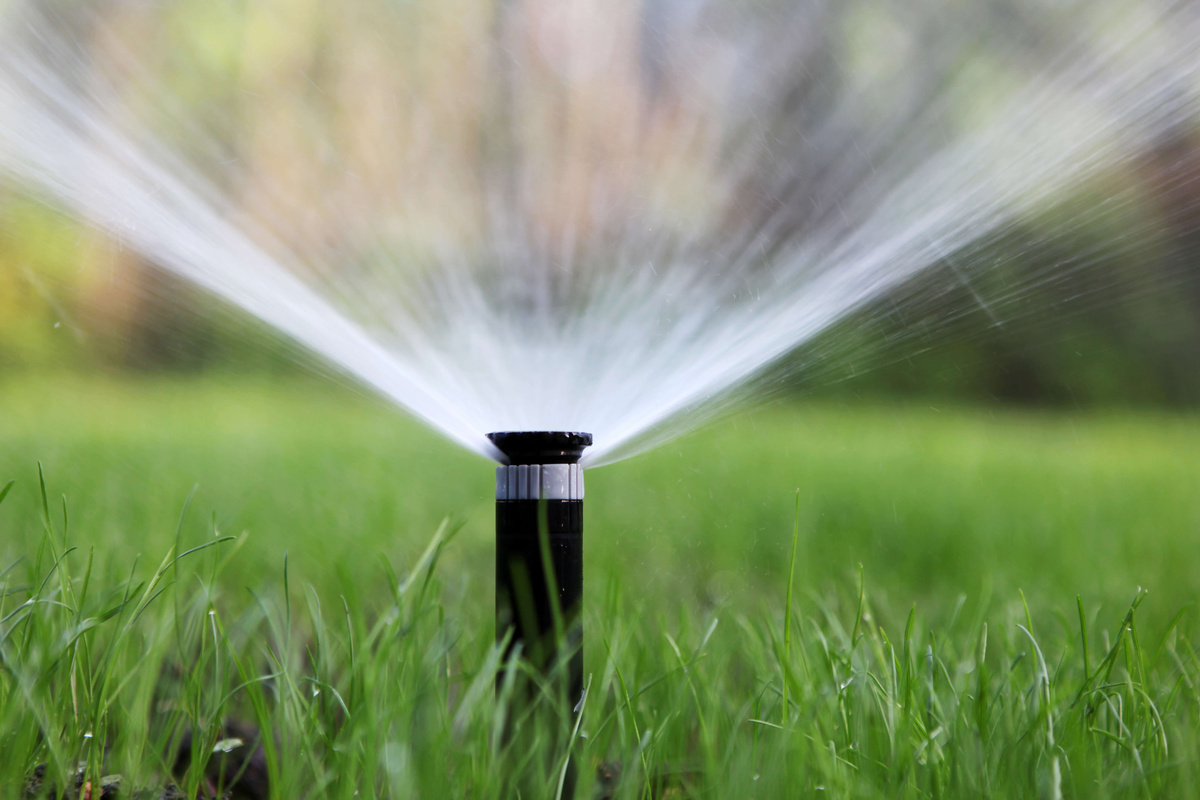
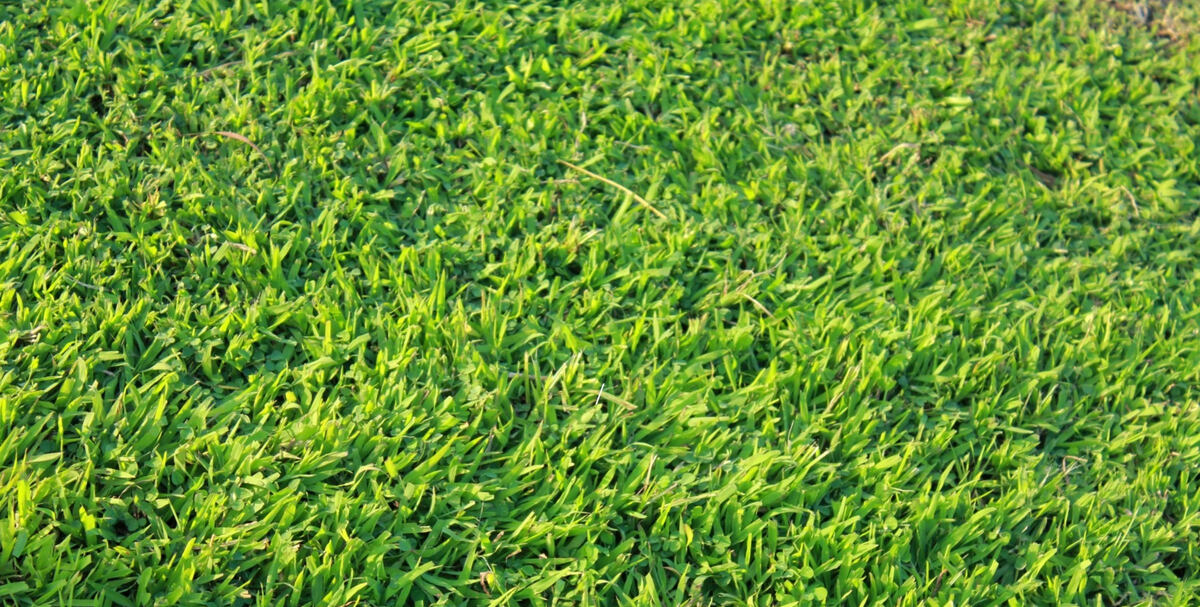

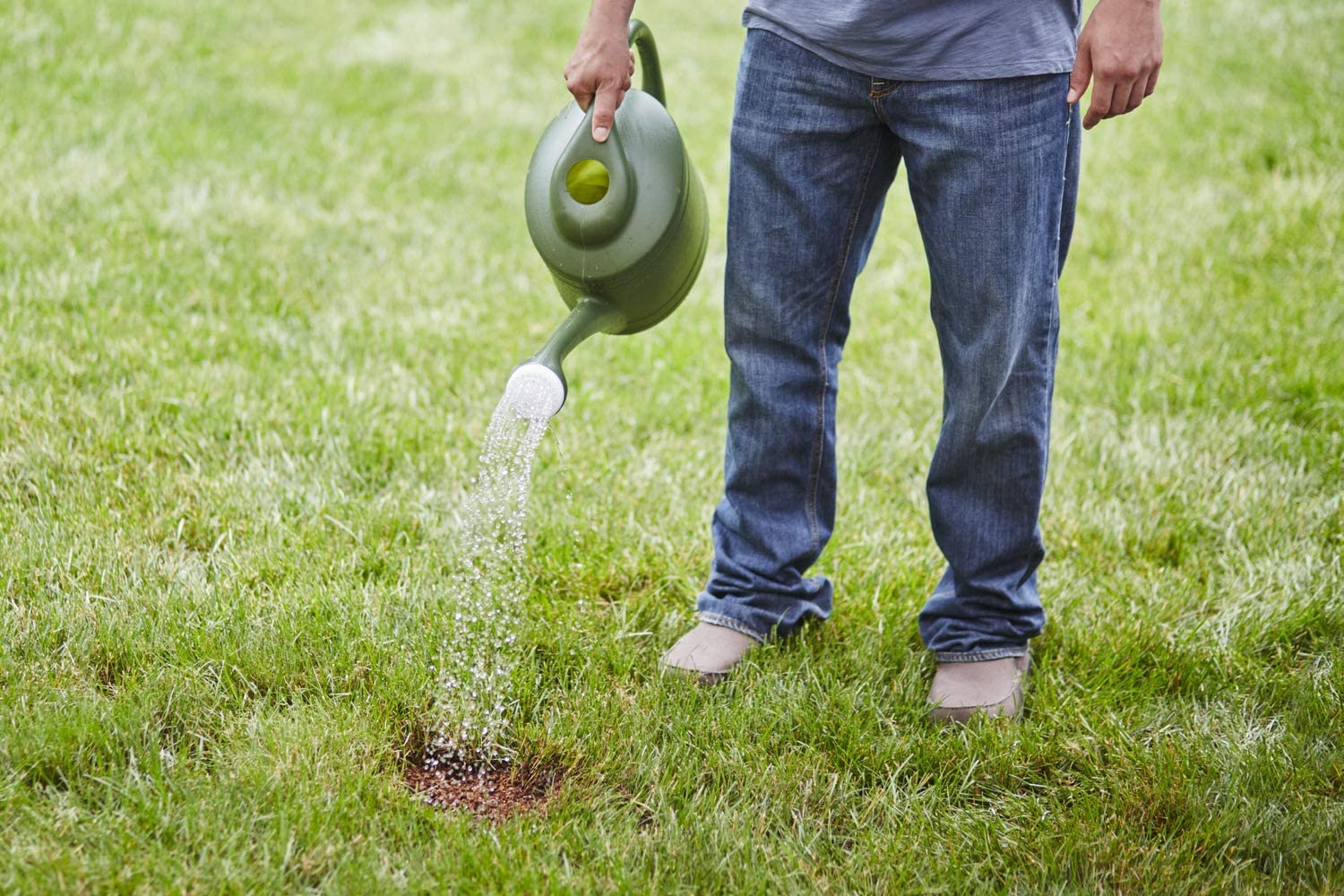
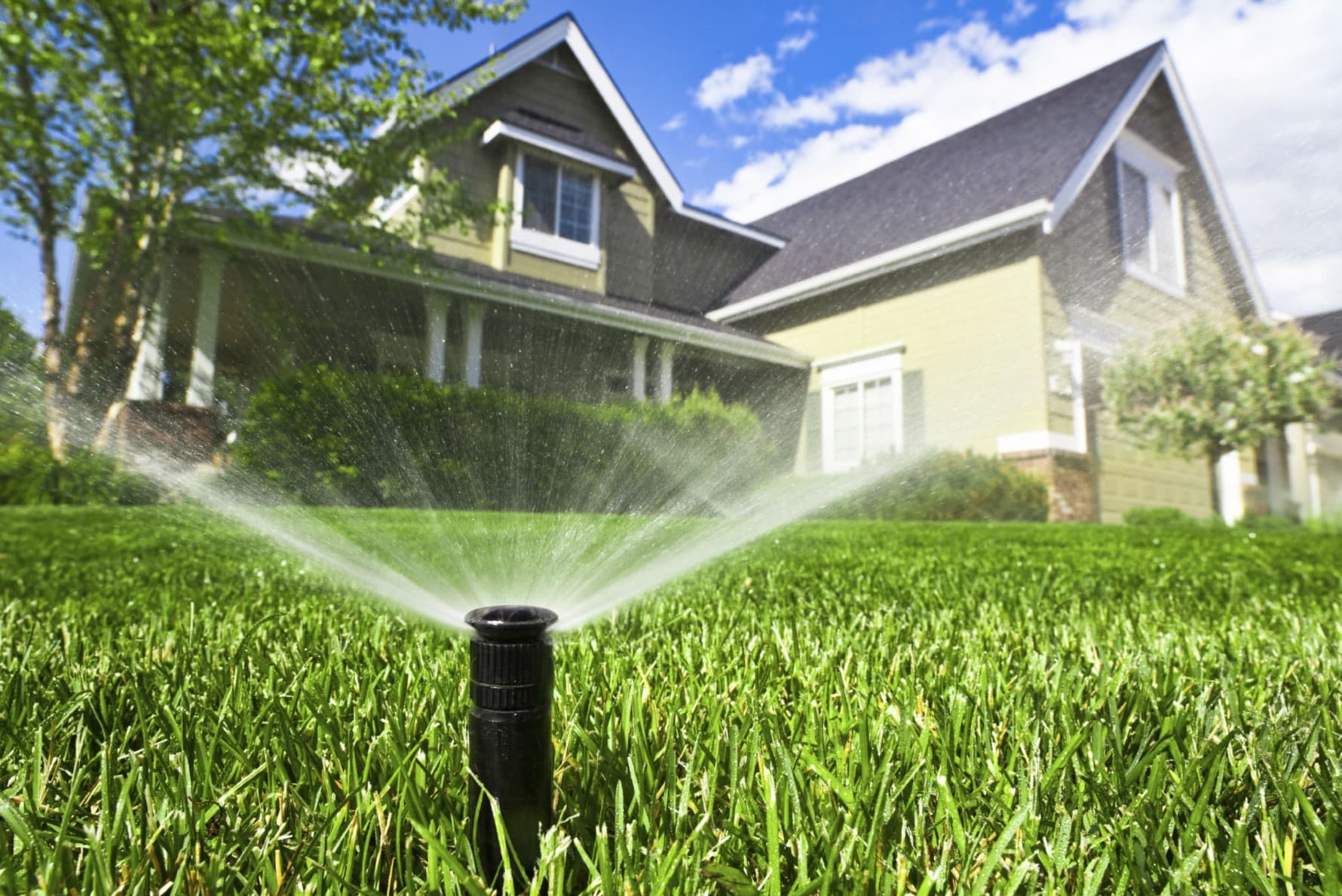
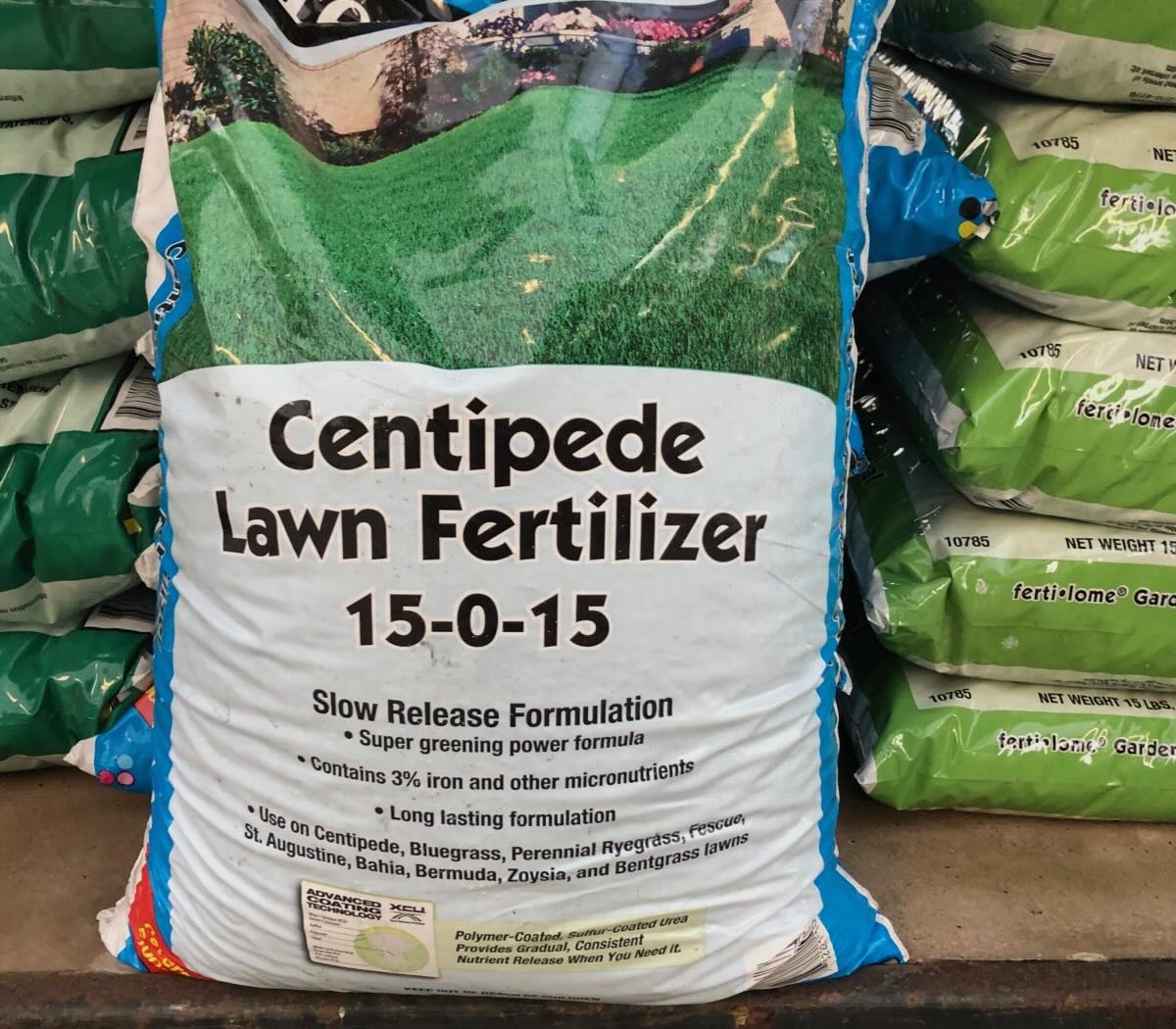
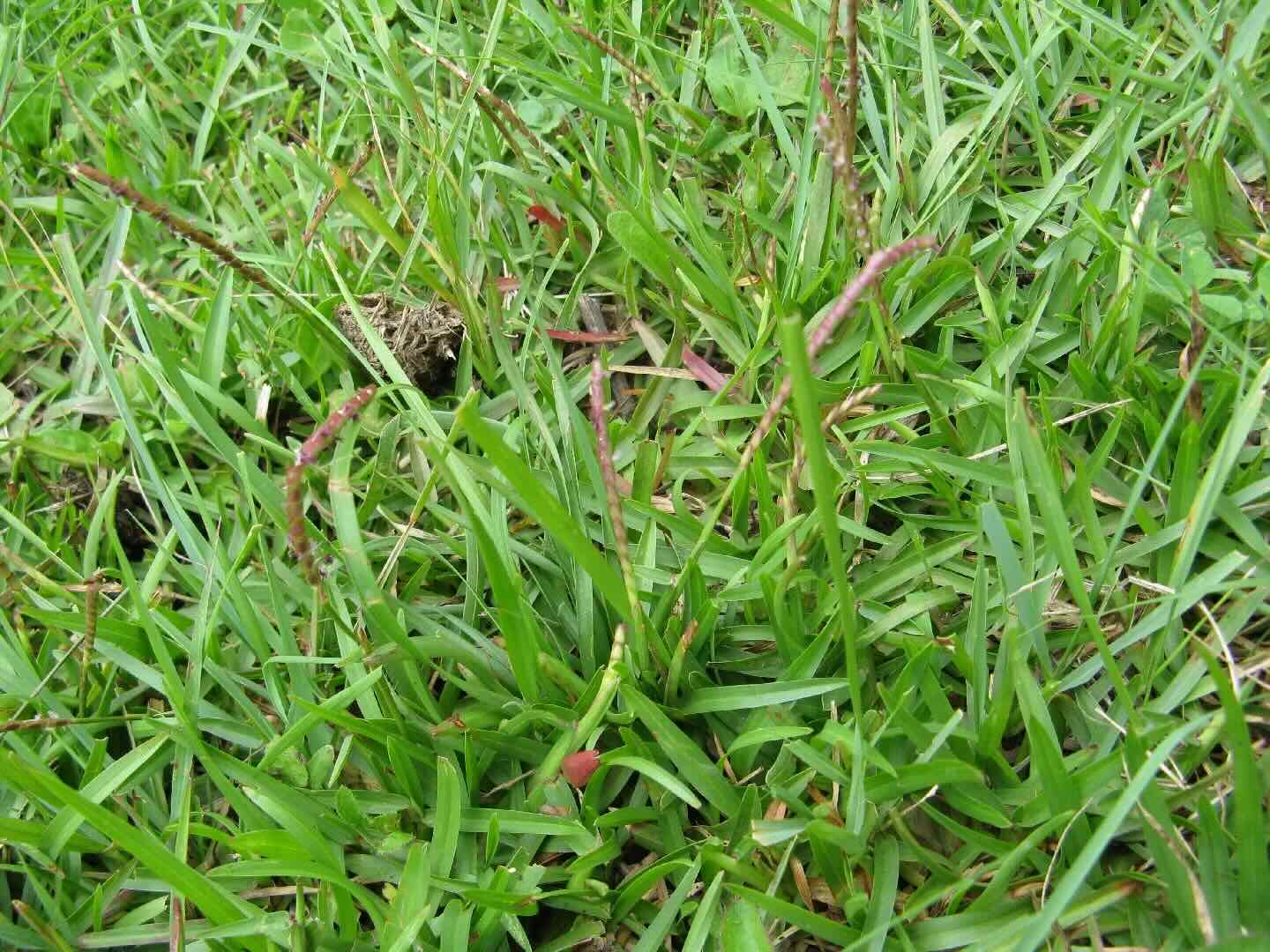
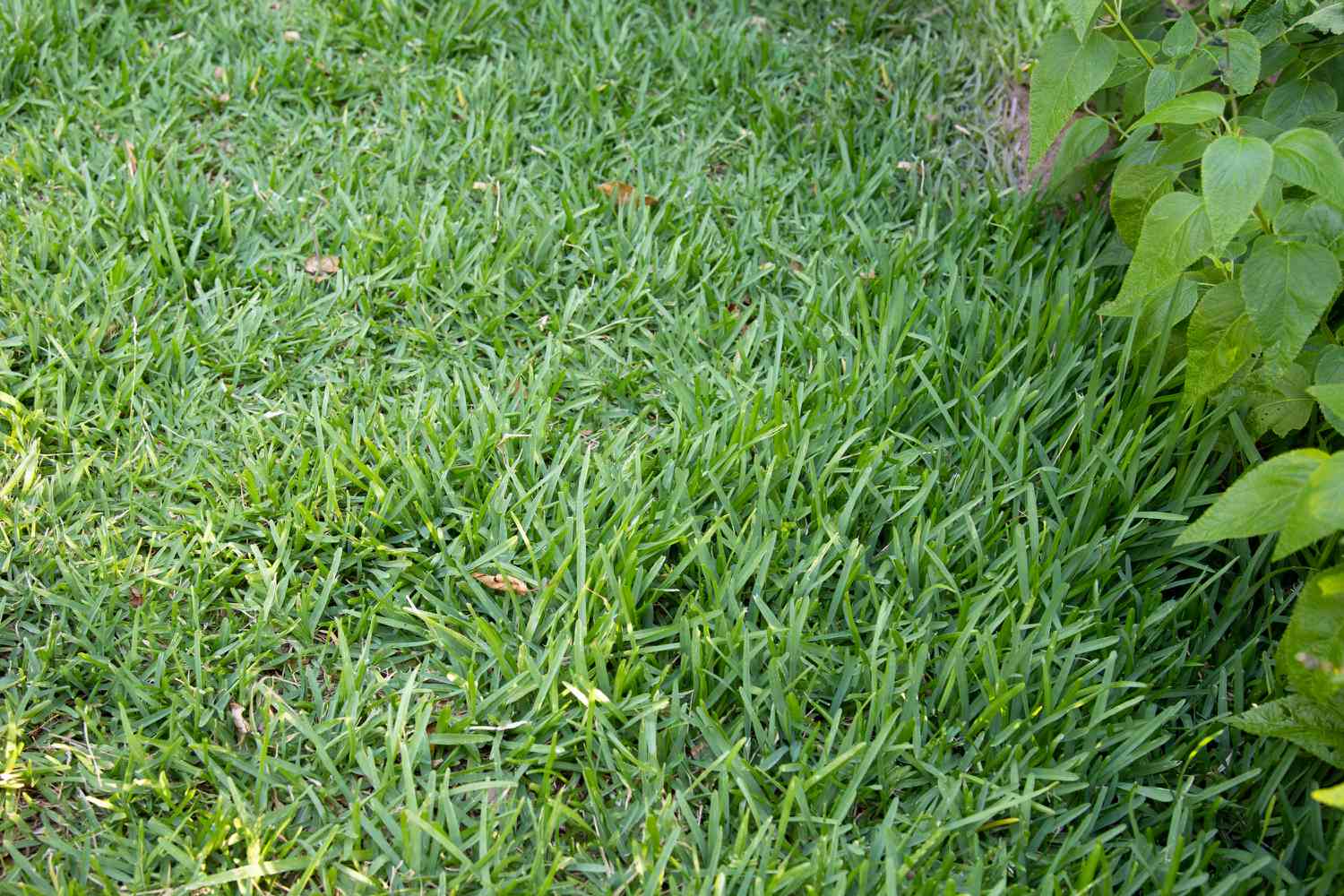
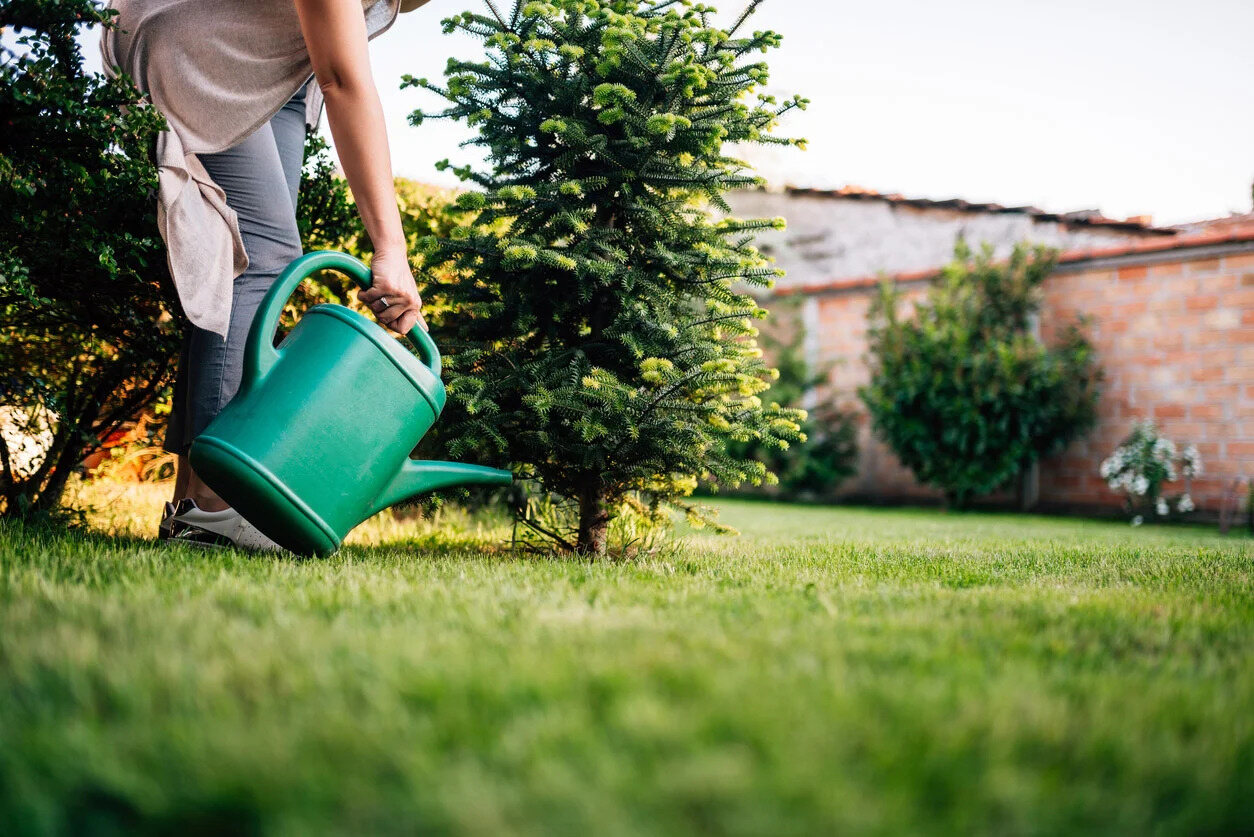

0 thoughts on “How Often To Water Centipede Grass”